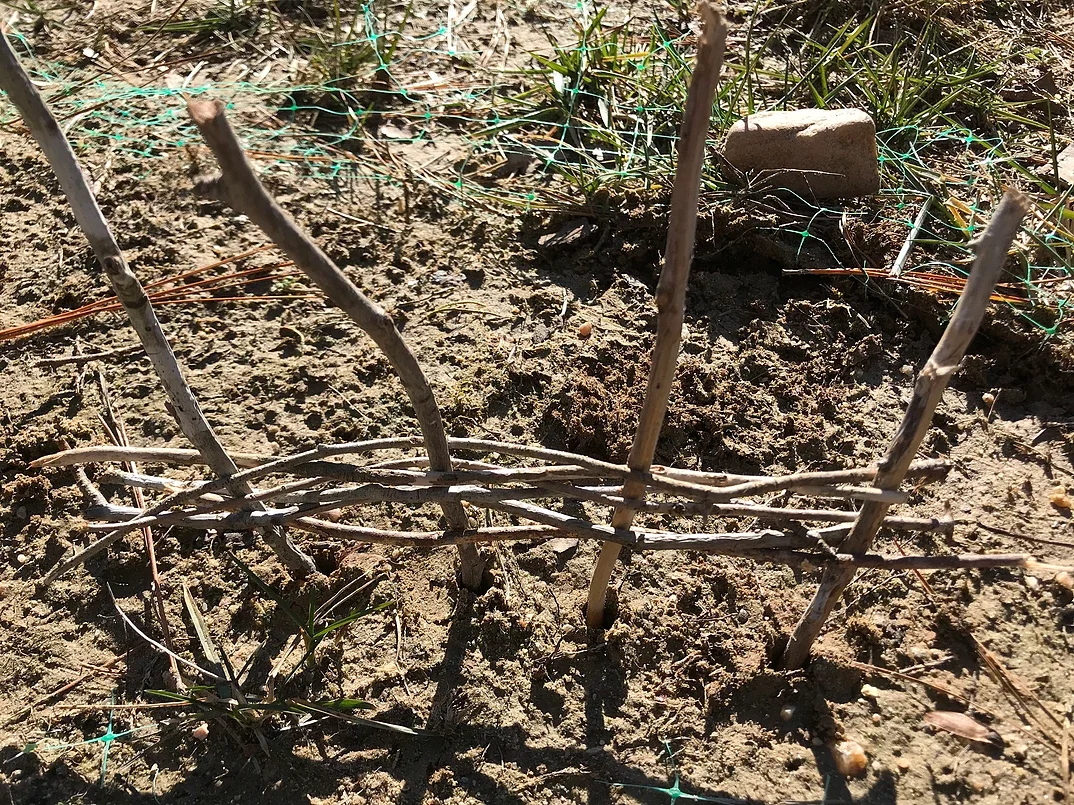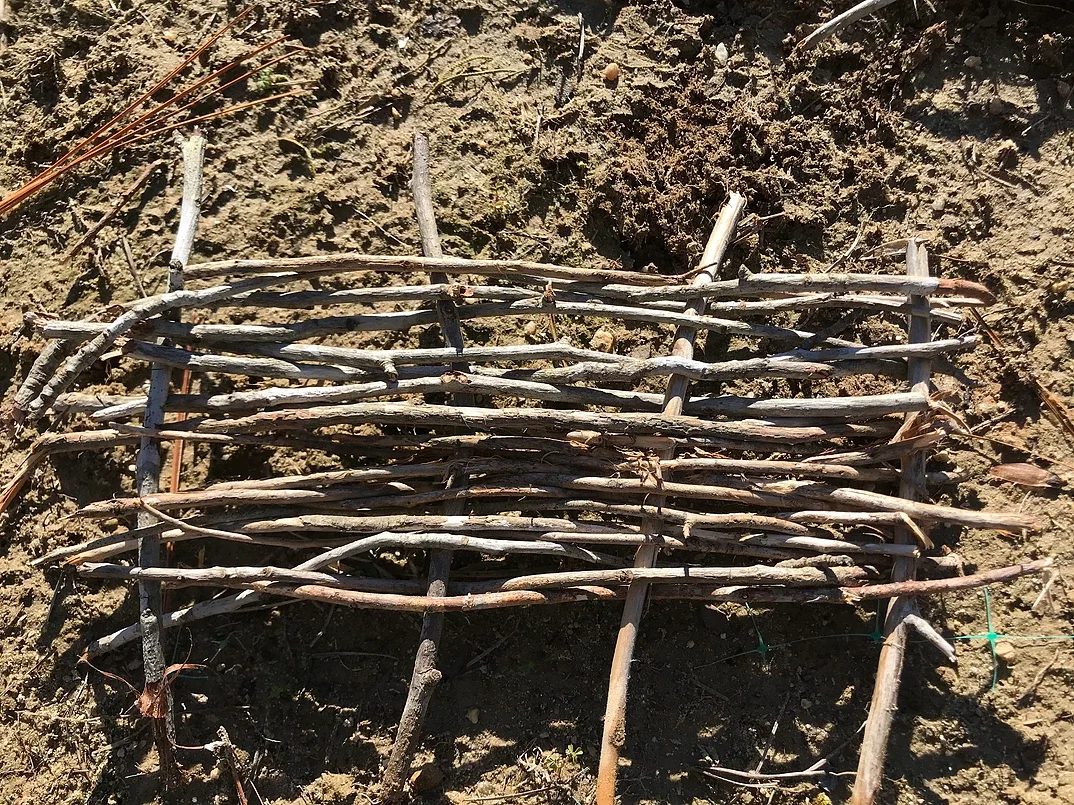Midday: Kids Activity
90% of people in Tudor England lived and worked in villages or on farms. In the English countryside, the open field system was employed. Under this system, each manor had two or three large fields of several hundred acres each. These were divided into narrow strips cultivated by tenant families who rented from the manor. Additional woodland and pasture were used as common land for tenants to pasture their livestock. Fields were also set aside for manor house family use.
A manor like Agecroft Hall was a money-making business. In the case of Agecroft, the raising of sheep and selling of fleece/wool at market in London was the main source of income. In order to see a good return on business, a manor farm was intended to be as self-sufficient as possible.
Livestock on the farm provided meat, milk and hides. Poultry provided meat, eggs and feathers for beds and pillows. Vegetable gardens, orchards, and herb gardens stocked kitchen and medicinal ingredients.
Products produced at the manor also included wood and tallow for fires and lights, clothes and linens and beeswax and honey. The three main “production centers” of the manor were the household, the fields, and the farmyard.
For goods that could not be obtained at the manor, the mistress of the house and a lady servant would periodically go into a nearby market town to purchase specialty items like fine cloth, wines and fish.
Small enclosures were needed to keep smaller animals like pigs and chickens contained and to keep smaller gardens from being ravaged by wild hare and other animals. The wattle fence was employed for this purpose.
Wattle fencing has been used to handle livestock and orchards as early as 3000 B.C. It is basically a wooden structure created by weaving supple branches and twigs – usually willow – between wooden willow posts. The fences could be created in panels to make construction easy and quick. Panels were between 5 and 7’ high. When weathered beyond repair, they could easily be replaced with newly-constructed panels.
This type of fencing could become quite strong, as willow branches can take root in the ground and create stability. Willow is both tough and flexible, and these wattle fences were also useful as windbreaks.
Create Your Own Wattle Fence:
You can try your hand at creating a miniature wattle fence in your own backyard. For my fence, I collected four twigs of about the same length – 6-8 inches and 10-12 twigs of the same length but about half as thin. *The twigs do not have to be willow. I used maple twigs broken from a fallen limb in my backyard. Pine twigs, however, are easily snapped and may be harder to work with.
Directions:
1. Carefully place your thicker twig “posts” into the dirt (or a Styrofoam block) about 3 inches apart. *You may need to experiment with the distance depending on how long your thinner twigs are.
2. Choose a thin twig to begin your weaving. You will need to weave your twig horizontally, alternating between placing the twig in front of and behind each post. If you have ever made a paper or yarn weaving, this is the same process.
*Be sure to work slowly and carefully to avoid snapping your twigs. However, if one snaps, just use another!
3. Once your woven twig is steady in place, you can push it carefully to the bottom of the posts with your fingers.
4. Continue in the same manner, starting your weaving at the top of the posts and pushing each woven twig tightly toward the bottom of the posts to meet the previous ones.
5. Once you have woven all of your twigs, you may be able to carefully lift your panel out of the ground to bring it inside. Otherwise, leave it in place in your yard and observe it over the next few days.
1. Is it still standing? Does it still feel strong?
2. Have any pine needles or pieces of mulch been blown toward it and been caught on one side of the fence?
Share your creations with us by using the hashtag #agecrofthallgardens on Instagram


